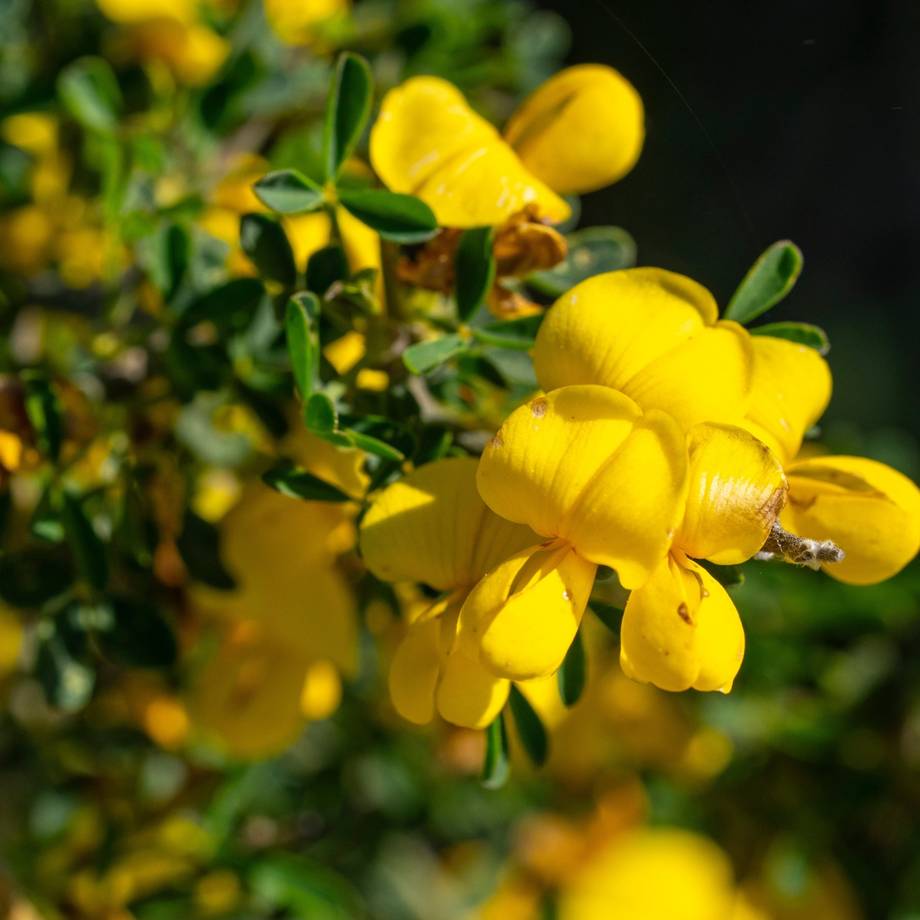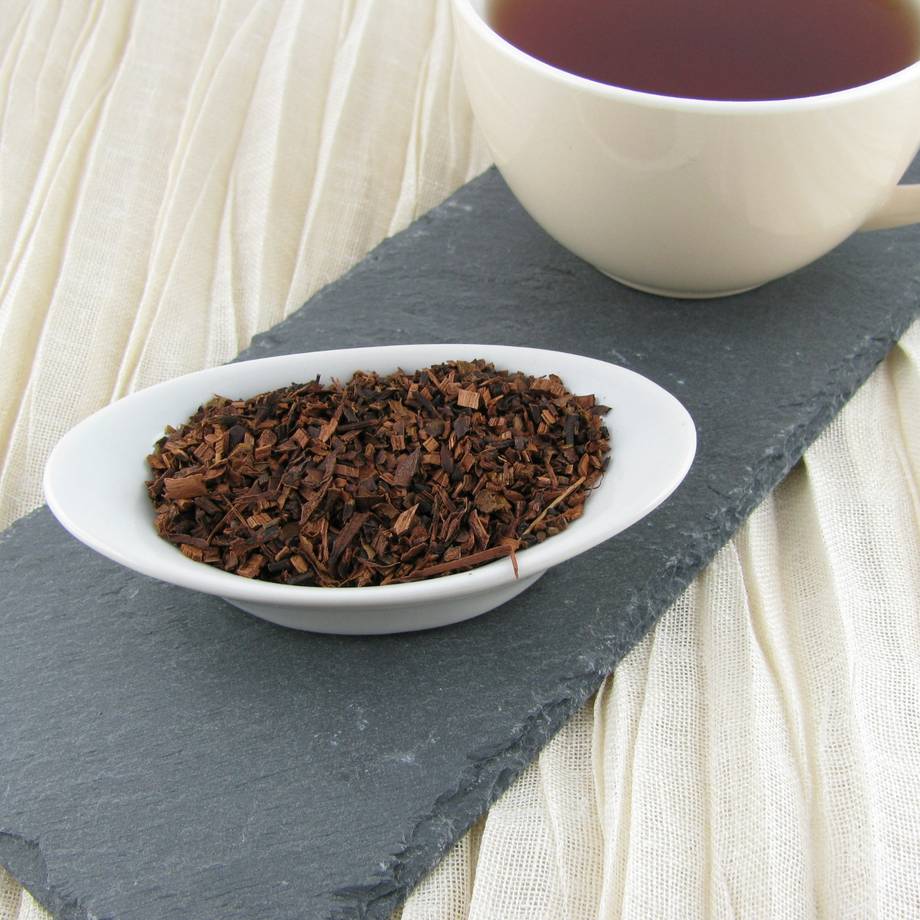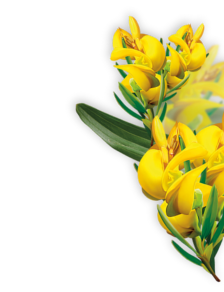
More Honeybush info
Honeybush tea is a sun-kissed, brew with a slightly sweet, mild astringency and a warm amber hue—perfectly caffeine-free and deliciously soothing.*

Honeybush tea has been gaining attention for its potential wellness benefits, largely attributed to its polyphenol content. These natural compounds are believed to have antioxidant properties, which may support overall health. Most commonly, honeybush is enjoyed as a caffeine-free tea, making it a great choice for those looking for a soothing, everyday beverage that won’t disrupt sleep. Its mild, honey-like flavor and pleasant astringency make it a refreshing option for any time of day, particularly for those seeking a relaxing and naturally caffeine-free alternative to traditional teas.*

Honeybush has a rich and vibrant history that stretches back centuries, deeply woven into the cultural fabric of South Africa. Indigenous communities, especially the Khoisan people, have long cherished this herb for its healthful properties, using it as a soothing beverage long before European colonists discovered it. For many generations, honeybush was traditionally believed to support both respiratory and digestive health, revered as a general health tonic that provided comfort and vitality to those who consumed it. The Khoisan’s knowledge of the plant and its benefits was shared with early settlers, helping to establish Honeybush as a staple in South African herbal traditions.*
Beyond its cultural significance, Honeybush is unique in its botanical composition. It contains pinitol, a modified form of inulin—a prebiotic compound that may support both digestive and respiratory health, in line with its traditional uses. The herb also contains polyphenols which contribute to its wellness properties. These polyphenols are unique to Honeybush and other plants in the same genus, such as rooibos, which grow in the distinctive environments of South Africa’s diverse landscapes, further enhancing its healthful qualities.*

Honeybush, a member of the Fabaceae family (which includes legumes like peas and beans), is a remarkable shrub native to the fynbos region of South Africa. This unique ecosystem, celebrated for its extraordinary biodiversity and breathtaking seasonal blooms, is found nowhere else in the world, making honeybush a truly special botanical treasure.
Thriving in the rugged, mountainous terrain, honeybush prefers well-drained, acidic soils and basks in full sunlight. It grows as a dense, bushy shrub, typically reaching three to five feet in height, with slender, woody stems. Its vibrant green leaves, divided into three smooth, narrow, and slightly leathery leaflets, are carefully harvested between May and September to be transformed into the beloved honeybush tea.
The processing of honeybush shares similarities with that of black tea (Camellia sinensis), undergoing a natural oxidation process often referred to as "fermentation." After harvesting, the leaves and stems are bruised, spread out under the sun, and slowly dried. This triggers enzymatic activity that catalyzes the chemical changes that ultimately yield the distinctive amber hue and develops its signature sweet, honey-like flavor—offering a delicious taste of South Africa’s botanical heritage in every cup.
Products that contain Honeybush
Additional Information
Legal Disclaimer:
This statement has not been evaluated by the Food and Drug Administration. This product is not intended to diagnose, treat, cure, or prevent any diseases.

Become an Herb Nerd & Get 10% Off!
Herbal tidbits, DIY plant projects, exclusive discounts, and recipes to follow the seasons delivered straight to your inbox.



